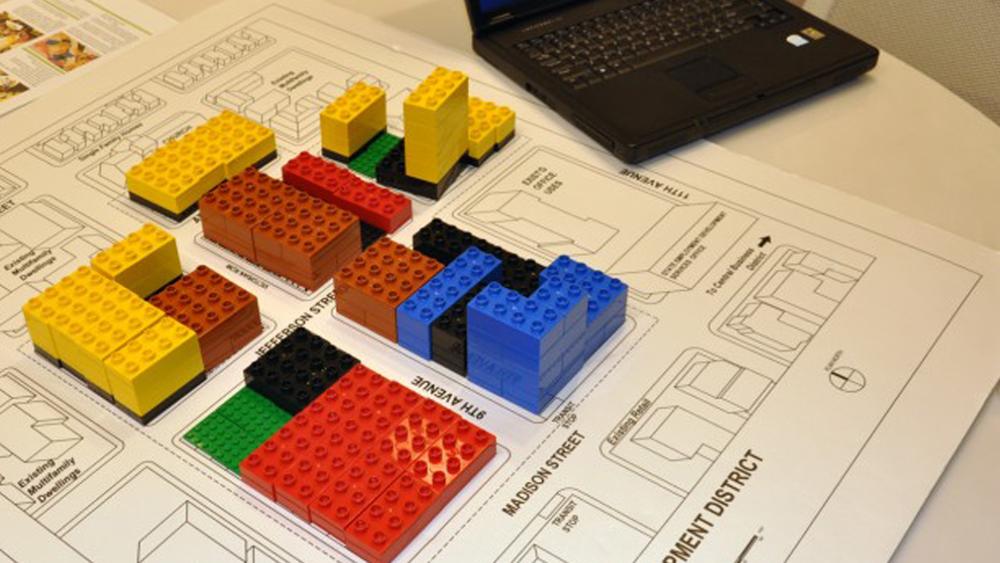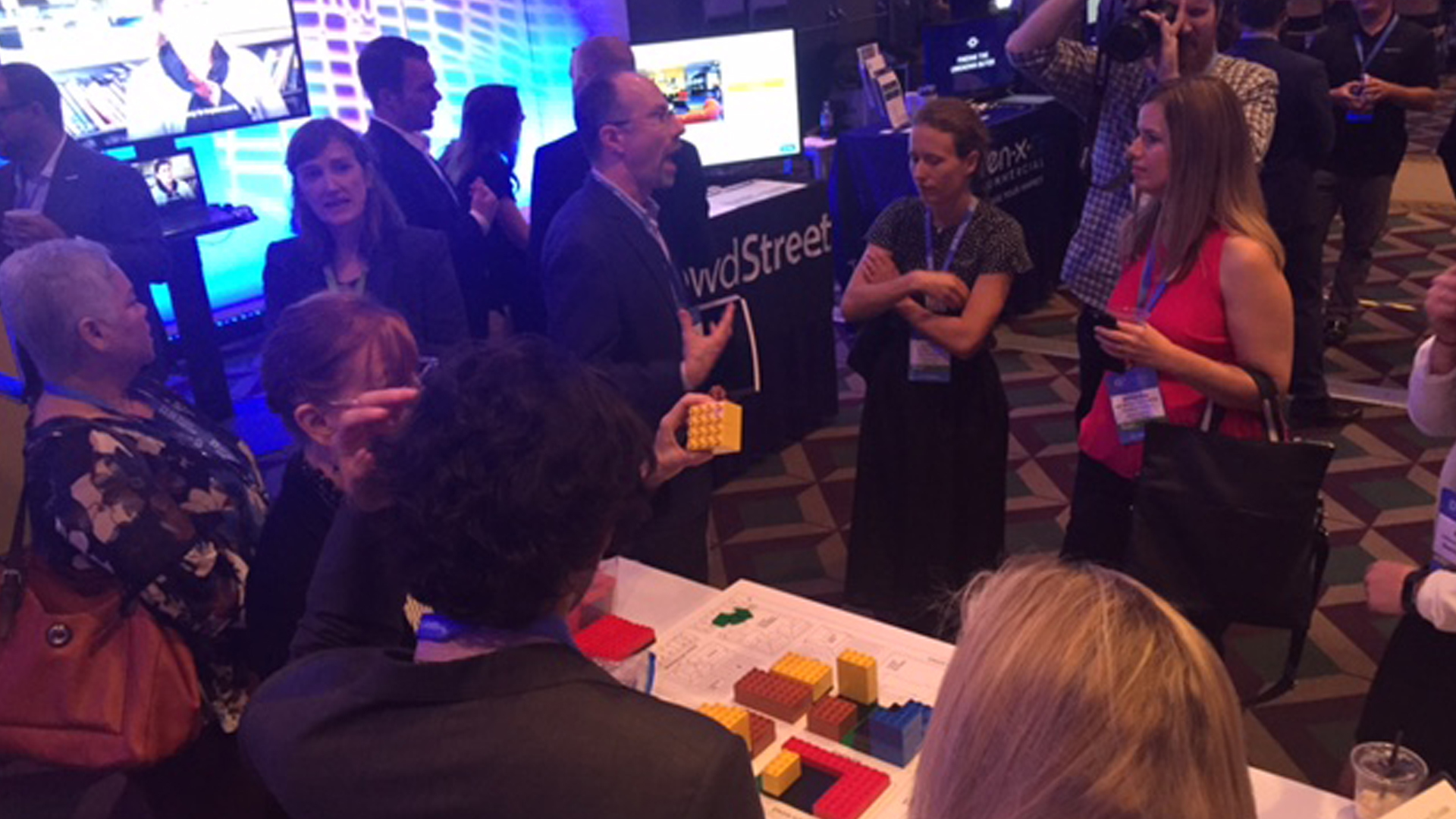
Urban Plan in the Classroom
For the past few years, I have volunteered with Urban Land Institute’s Urban Plan. Urban Plan is a project based team learning experience in the form of a role playing game. The game takes place in the “Elmwood” neighborhood of Yorktown. And the challenges the students face reflect many of the real world issues facing American cities today.
The students assume roles that contribute to the development process. Within the exercises, the students become Site Planners, City Liaison, Neighborhood Liaison, Financial Analyst, and a Marketing Director. The students are encouraged to stay in their role and learn the details of that position.
The problem is defined in the form of an Request for Proposal, or RFP, from the City of Yorktown. Yorktown is seeking a private, for profit developer to propose and build a project that will revitalize this part of the city. As the students move through the process they are confronted with whether to save a block of historic buildings, build a homeless shelter, or build a Q-Mart Superstore in the neighborhood.

The students develop a vision statement for their project and plan where a variety of land uses should be located in the 8 to 10 block area of the neighborhood. As the physical planning begins, the Financial Analyst develops a pro-forma that addresses the economic impacts of their decisions. The locations of various components are influenced by various team members acting in their assigned roles. To visualize the design, the site planner leads the way in creating the team’s vision with Lego building blocks. The blocks are color coded and must be arranged in specific ways to represent the various development options. As the class ends, students document their current design with smart phones and save their spreadsheet pro-forma on a laptop.
At two points in the lesson plan, professionals from the real estate industry attend facilitation sessions with the students. The professionals provide critiques of the planning efforts, offer real world advice, and reinforce the need for a compelling vision for the project.

During the first facilitation; it is important for the students to have a clear, well defined Vision Statement that guides the design of their project. Along the way, students are confronted with maintaining and renovating a core of historic buildings or tearing some down to build more office buildings or housing. They are challenged by how to handle a homeless shelter. The advantages and benefits of each choice along the way are not as obvious as one might think.
After two facilitations, the students prepare a presentation and deliver it to the city council of Yorktown. The city council is made up of four to five ULI Urban Plan Volunteers. After the presentations, the Council selects a winner from the exercise.
From the perspective of a volunteer – the full experience of the exercise becomes apparent during the city council presentations. Some teams display a mastery of the material, the intent of the lesson and deliver clear well thought out presentations. The best teams seem to grasp the importance of meaningful contributions made by all members of the team.
The focus of our architectural practice is the planning and design of learning environments. Being in the classroom with the Urban Plan program offers a unique opportunity to engage in a project based learning exercise with students. The experience offers a unique insight into how learning environments impact collaboration.
Many of the classrooms used are not designed to support this type of program. The desks are typically too small for the game boards. The students push desks together and performing balancing acts to keep Elmwood from teetering and falling to the floor. If we were to design a room for this activity; a table with seating for 6 would be ideal. Another option would be lounge type seating clustered together with a low work table to hold the game board, but the point of the game is not about a perfect classroom. The game draws students into the maze of collaborative effort, sorting through information that is conflicting at times and forces them to make informed decisions. It’s about giving them a taste of what it would be like to work in various capacities centered around the design and construction of new buildings, and that seems like the real world to me.